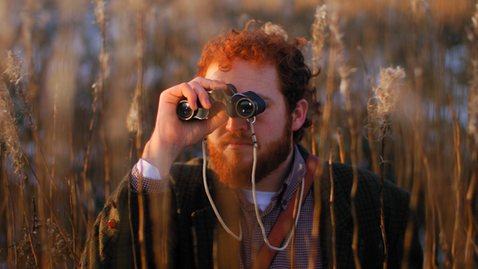ALEX CORMACK
Filmmaker
MOODSHIFT
10 FREE LUTs
Transform the mood of your visuals with a dynamic set of color grading presets. Whether you're aiming for a cinematic look, a vintage feel, or vibrant, modern tones, MoodShift offers versatile options to elevate your creative projects. Perfect for photographers, filmmakers, and content creators who want to shift the atmosphere with just a click.





The Selection
What is a LUT?
A LUT (Lookup Table) is a preset color grading file that helps transform the colors of your footage instantly. It’s commonly used in filmmaking, video editing, and photography to achieve a consistent and professional look.

How to Apply a LUT
In Adobe Premiere Pro
-
Import Your Footage – Drag your video into the timeline.
-
Open Lumetri Color – Go to Window > Lumetri Color to open the color panel.
-
Apply the LUT:
-
Under Basic Correction or Creative, click Browse next to the Look dropdown.
-
Select your LUT (.cube file) and apply it.
-
-
Adjust as Needed – Fine-tune exposure, contrast, and saturation for the best results.
In DaVinci Resolve
-
Import Your Footage – Drag your video into the timeline.
-
Go to the Color Page – Click on the Color tab.
-
Apply the LUT:
-
Right-click a node, select LUT > Select LUT File.
-
Choose your LUT and apply it.
-
-
Make Adjustments – Use color wheels and curves to refine the look.
In Final Cut Pro
-
Import Your Footage – Drag your clip into the timeline.
-
Add the Custom LUT Effect:
-
Go to Effects > Custom LUT and drag it onto your clip.
-
-
Apply the LUT:
-
In the Inspector, click Choose LUT and select your LUT file.
-
-
Adjust as Needed – Modify intensity, contrast, and exposure for a balanced look.
Tips for Best Results
✔ Use a Log or Flat Profile – LUTs work best on flat or Log footage to preserve dynamic range.
✔ Fine-Tune Your Edit – LUTs are a great starting point, but always tweak contrast, exposure, and saturation for a perfect look.
✔ Experiment – Different LUTs work better for different lighting and scenes. Try a few to find the best match.









